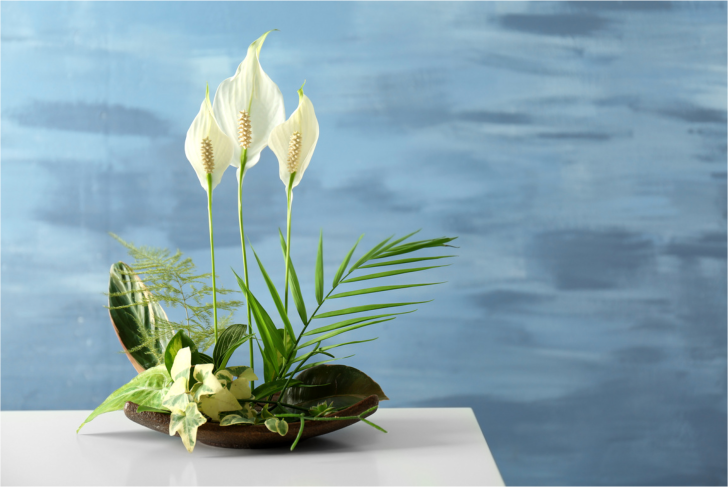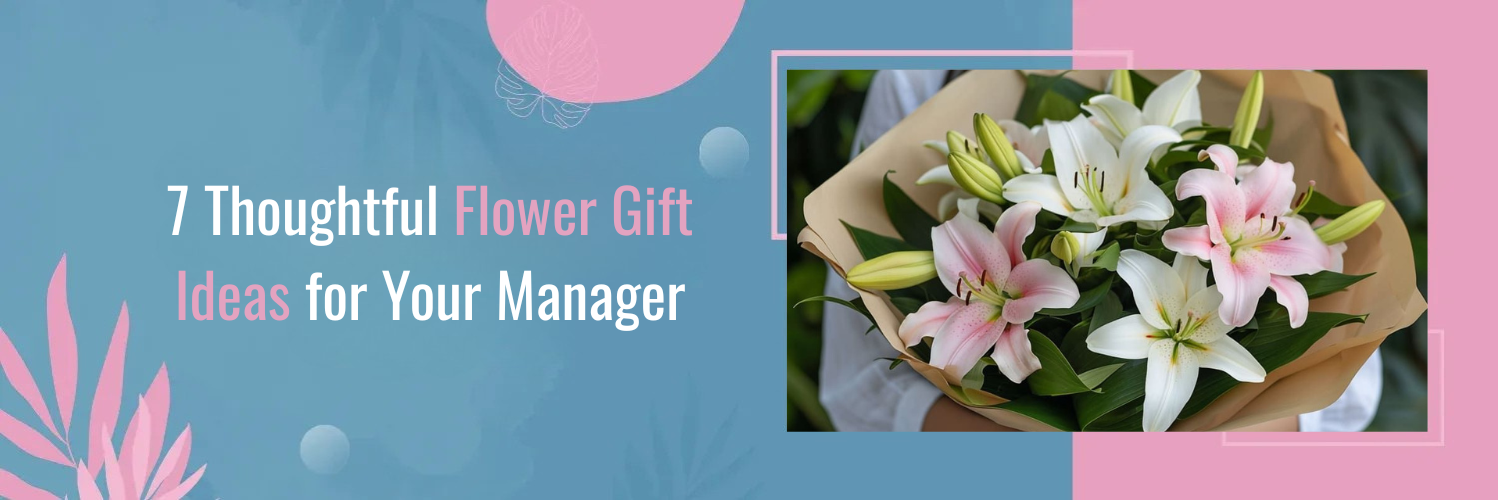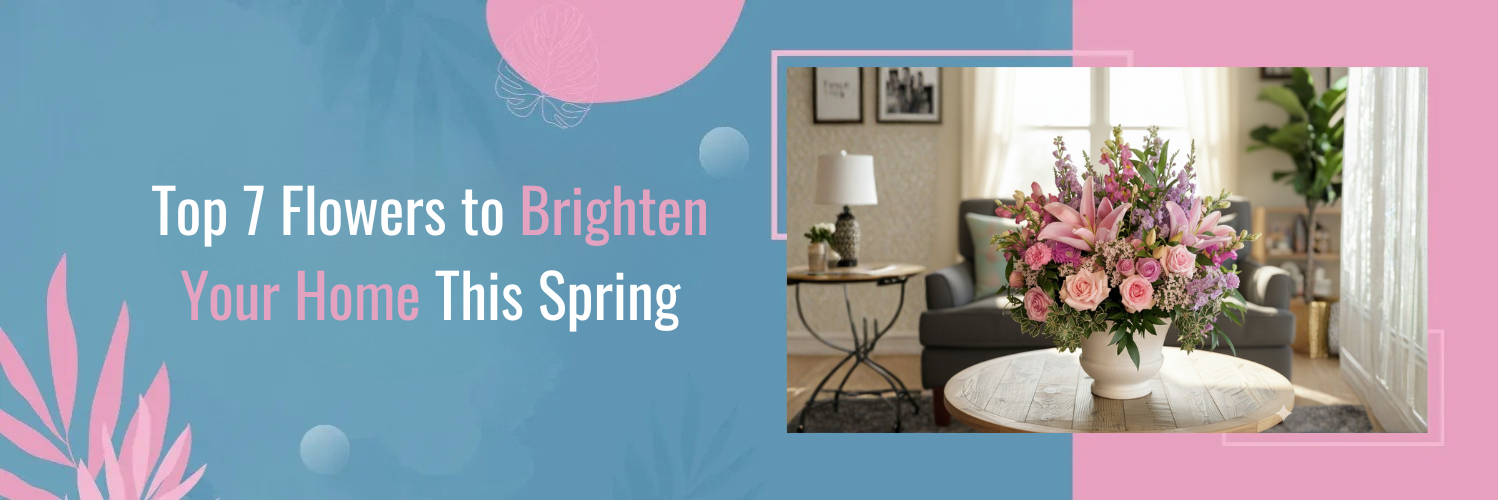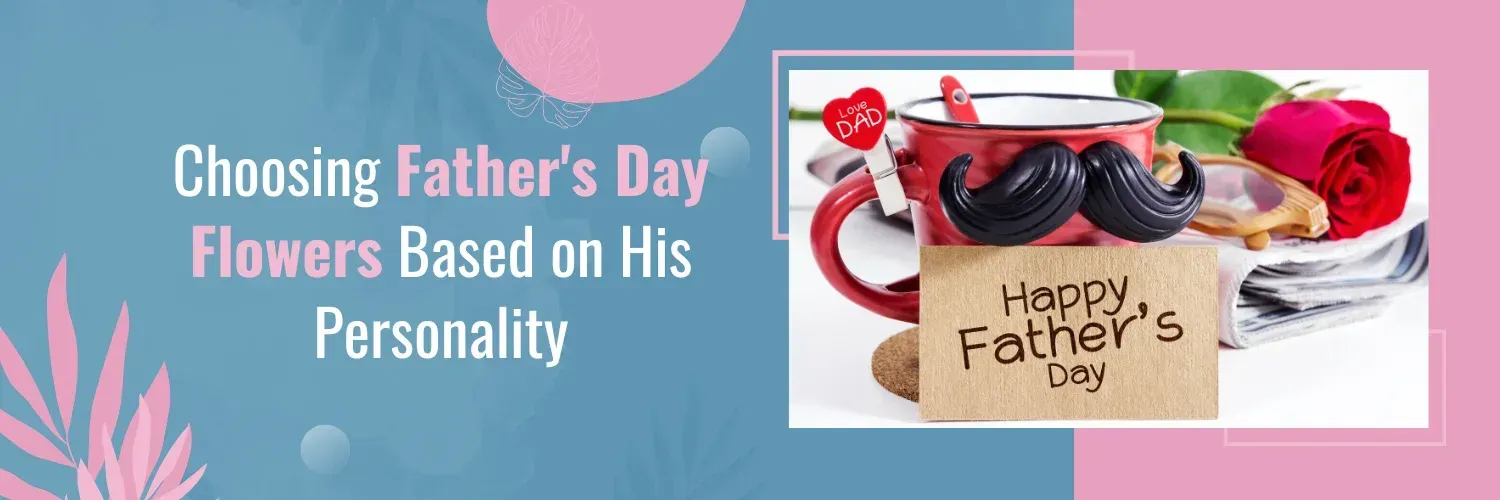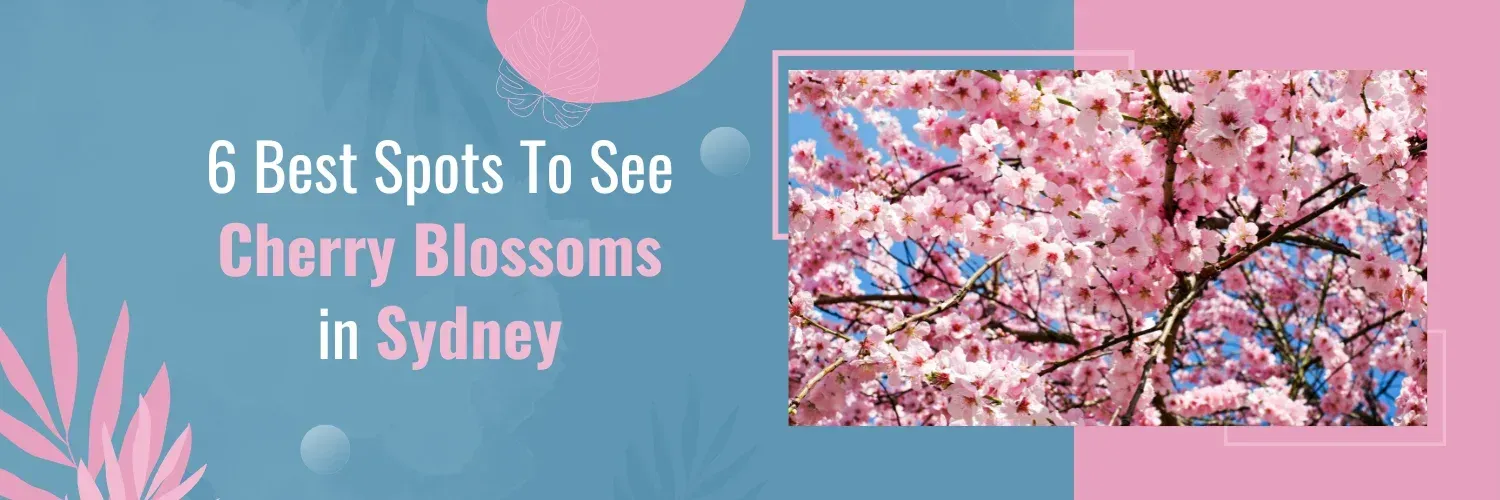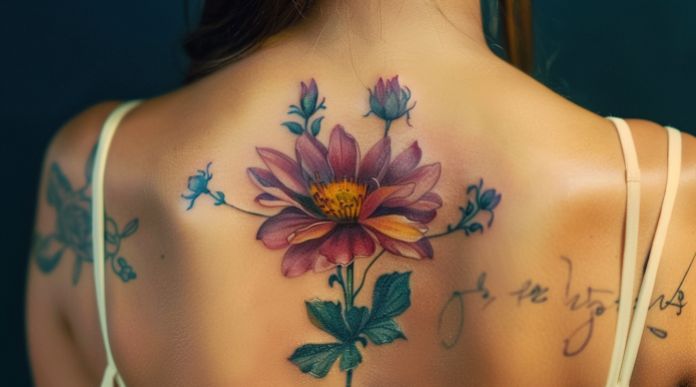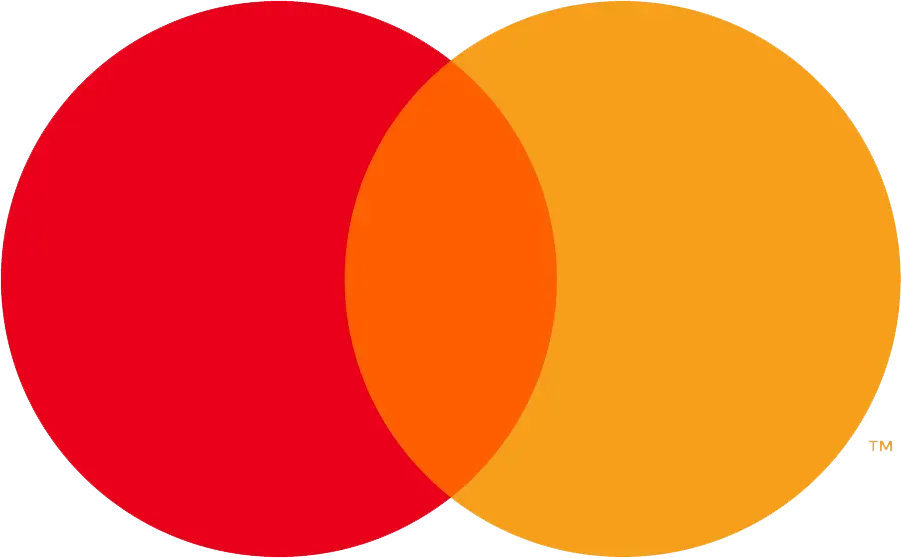Understanding the Principles of Ikebana
Ikebana, transcending a mere arrangement of flowers, is a revered Japanese art form that finds its roots deep within the nation’s culture and history. This delicate and thoughtful method of placing flowers is not just about aesthetics; it’s a journey into understanding nature, philosophy, and life itself. Choosing the right flowers, therefore, isn’t a superficial decision but one that holds great significance, ensuring that the arrangement remains true to the profound essence of Ikebana.
The Concept of Harmony
Central to Ikebana is the belief that flowers are more than just beautiful objects; they are symbols of nature’s vast elements. Every flower chosen should resonate with the surroundings, harmonizing rather than overshadowing. One key philosophy is the trinity of heaven, man, and earth. In every Ikebana arrangement, these three elements are represented, emphasizing the interconnectedness of life. It reminds us that every choice in the arrangement, especially the flowers, plays a part in a grander narrative.
Emphasis on Seasonality
Ikebana celebrates nature’s rhythm, honoring the changing seasons and the ebb and flow of life. It’s about being in the present, and as such, flowers that are in season are often preferred. Not only do they reflect authenticity, but they also represent the transient beauty of nature. By emphasizing seasonality, Ikebana allows one to truly connect with the current moment and the natural world.
Key Factors in Choosing Flowers
Flower Freshness
The vitality of an Ikebana arrangement hinges on the freshness of its components. Fresh flowers radiate a unique energy, their colors more vivid, and their form more dynamic. When shopping, look for flowers with firm petals, hydrated stems, and a vibrant appearance. Avoid those with drooping leaves or brown edges, as these are signs of age and decay.
Shape and Line
Beyond mere beauty, Ikebana is a narrative told through form. The lines and shapes of chosen flowers must contribute meaningfully to this tale. For instance, a flower with a long, curved stem might denote flexibility or adaptation, while a straight stem could symbolize strength and directness. Every flower has its voice, and it’s crucial to understand this language to craft compelling Ikebana stories.
Color Coordination
In Ikebana, colors are not merely visual delights; they convey emotions and philosophies. Soft pastels might evoke feelings of tranquility and peace, while bold reds could represent passion or vitality. The arrangement should also consider complementary and contrasting colors, creating a balanced visual appeal while emphasizing the emotions the artist wishes to convey.
Seasonality
In Ikebana, the choice of flowers should reflect the season. Using flowers that are in season adds authenticity to your arrangement and helps connect it to nature. Each season in Japan has specific flower associations, so consider incorporating flowers that are traditionally associated with the current season.
Line and Shape
Ikebana focuses on the lines and shapes created by the arrangement. Consider the different parts of the plant, such as branches, stems, and leaves, and how they can be used to create lines and shapes that express your intended message or feeling.
Balance
Balance is a fundamental principle in Ikebana. Strive for a sense of equilibrium in your arrangement, whether it’s through asymmetrical balance (which is common in Ikebana) or a more traditional symmetrical balance. Balance can be achieved through the placement of flowers and other elements in the arrangement.
Harmony with the Container
The container, or vase, used in Ikebana should complement the flowers and enhance the overall harmony of the arrangement. The container should be chosen carefully to match the style and theme of the Ikebana arrangement.
Color and Texture
Pay attention to the color and texture of the flowers and other materials you select. Ikebana often emphasizes subtle color combinations and contrasting textures to create visual interest. Consider how the colors and textures of the materials you choose work together in the arrangement.
Proportions
Ikebana arrangements often follow specific guidelines for proportions, such as the use of the “golden ratio” or other mathematical principles. These proportions help create a sense of balance and harmony in the arrangement.
Seasonal Themes and Symbolism
Ikebana arrangements can convey specific themes or symbolism. Consider the occasion or message you want to convey and choose flowers and elements that align with that theme or symbolism. Ikebana often draws inspiration from nature and cultural traditions.
Minimalism and Negative Space
Ikebana is known for its minimalist approach and use of negative space (empty space). Negative space plays an important role in creating balance and harmony in the arrangement, so leave room for it in your design.
Personal Expression
While there are traditional guidelines in Ikebana, it also allows for personal expression. Feel free to incorporate your own creativity and interpretation into your arrangements, making them uniquely your own.
Patience and Mindfulness
Ikebana is not just about the final product but also the process of creating it. Approach the practice with patience and mindfulness, taking the time to connect with the materials and the natural world.
Popular Flowers Used in Ikebana and Their Significance
Traditional Choices
- Cherry Blossoms: A symbol of the fleeting nature of life due to their short bloom time, cherry blossoms are often used to represent spring and renewal in Ikebana.
- Iris: With its rich history in Japanese culture, the iris signifies purity and celebrates the warmer days of spring and early summer.
- Chrysanthemums: Holding immense cultural relevance in Japan, they epitomize longevity and the joy of life, often gracing autumnal arrangements.
- Plum Blossoms (Ume): These blossoms are also associated with spring and can be used to create early spring-themed Ikebana arrangements.
- Peonies (Botan): Peonies are popular in early summer and are prized for their lush, fragrant blooms.
- Bamboo (Take): Bamboo is a common material in Ikebana, used for its straight, elegant lines and versatility. It is often used as a structural element.
- Pine branches (Matsu): Pine branches are used throughout the year and symbolize longevity and steadfastness.
Modern Adaptations
While Ikebana honors tradition, it isn’t opposed to evolution. Modern Ikebana artists sometimes incorporate non-traditional flowers , infusing the art with fresh perspectives. However, even these contemporary choices must uphold the fundamental principles of Ikebana, ensuring respect for its deep-rooted philosophies.
Caring for Your Ikebana Flowers
Preparing the Stems
Proper preparation can significantly extend the life of your flowers. Techniques like diagonal cutting or gently crushing the base of the stems can facilitate better water absorption. Soaking stems in water immediately after cutting helps retain their freshness.
Arrangement Maintenance
For a long-lasting arrangement, change the water regularly, ensuring it remains clean. A gentle misting can revive drooping flowers and refresh the arrangement. When choosing a location for display, steer clear of direct sunlight or overly drafty areas, both of which can hasten wilting.
Conclusion
Crafting an Ikebana arrangement is a transformative experience, a harmonious blend of nature, philosophy, and self-reflection. As you delve into this art, remember to let your unique style shine through, but always with reverence to the traditions that have nurtured it for centuries.
Embarking on the journey of Ikebana is not just about crafting arrangements; it’s a meditative process that connects you to the natural world. Now that you’re equipped with the knowledge to choose the perfect flowers, why not begin your Ikebana journey today? At Bourkes Florist , we ensure the freshest and most suitable blooms for your Ikebana creations are just a click away. Order your Ikebana flowers from Bourkes Florist now. Embrace the art, and let nature speak to you.
FAQs
Q: Can I use dried or artificial flowers in Ikebana?
While traditionally fresh flowers are preferred, some modern schools and practitioners use dried or artificial ones, emphasizing form and arrangement over freshness.
Q: How long does a typical Ikebana arrangement last?
Depending on the freshness of the flowers and maintenance, it can last from a few days to over a week.
Q: Is it necessary to always stick to traditional flower choices?
No, but it’s vital that any flower choice respects the principles of Ikebana.
Q: How do I know which flowers are in season?
Local florists, gardening centers, or regional planting guides can provide this information.



